Share this Post

Writer-illustrator Abby Hanlon shares some insight into the creative process—as well as the real-life stories and experiences—behind DORY DORY BLACK SHEEP, the third book in the series.
“I had to trust that if I followed my instincts, the answers would come eventually.”
I took a month off between finishing the second Dory book and starting the third. In that month, we adopted a rescue dog, Caroline.

Caroline instantly attached to me. She followed me around the house. I couldn’t take a step with out her accompaniment. I would try and tell her, “I’ll be back in five seconds, I’m just getting a sweater, stay downstairs.” But that never worked—she had major separation anxiety. Everywhere I went, Caroline came too.
When I began the third Dory book, I knew that I wanted Dory to struggle with reading. And her best friend Rosabelle would be an advanced reader. At school, Dory would be stuck with babyish easy readers while longing to read chapter books like Rosabelle. I imagined what kind of books Dory would be most embarrassed by—definitely books about farm animals would provide the appropriate humiliation, I thought. Then I got up to get a glass of water.
When Caroline got up too and followed me into the kitchen, the rest of the story was set in motion. An animal could come out of the easy reader and follow Dory! The boundaries of Dory’s reading life could blur—Dory goes into the world of the book, and the characters in the book could come out…

It seemed fitting for Dory to use “quiet reading time” at school as a portal into her imagination. Instead of being a springboard into an author’s world, reading was an opportunity for Dory to take her own mind-trip. Her mind-trip begins when Dory and her reading partner, George, are drawn to a cute little black sheep in their book. Dory is convinced that the sheep is staring at her. She names him Goblin. Goblin wanders out of the pages of the book and follows her home from school.

But then I got stuck. For a few months, I didn’t know who Goblin was. Why was Goblin following Dory? Where did he come from? How does Dory feel about him? I spent a lot of that time wishing that I was the kind of writer who could start with an outline instead of a sheep. I often gazed deeply into Caroline’s eyes searching for the next clue in the story.

At the same time, I was tossing around another strange idea. I wanted Mrs. Gobble Gracker to be a kid in the third book. This was actually my son’s idea. I also got a letter once from a fan with a similar idea:

I had no idea HOW or WHY I would do this, I just knew that Mrs. Gobble Gracker HAD to become a super hyper kid named Gigi. But how do I turn my villain into a child? Has this ever been done before? And does Dory know Gigi is really Mrs. Gobble Gracker? When my kids came home from school I asked them these questions (plus the ones about the sheep) regularly. They got so sick of my questions they threatened to go to afterschool.

I had to trust that if I followed my instincts, the answers would come eventually. But I also worried: was I writing myself into a corner? I prayed I was on the right track, while at the same time obsessively googling things like “how to write yourself out of a corner.”
Some how I ended up with a lot of pages. Dory discovers her first loose tooth and lot of ensuing expectation and misunderstanding about the tooth fairy made the story swell. The theme of reading and a loose tooth seemed like a great pair—a challenging task and an exciting milestone happening in conjunction.
My editor and I decided I was ready to start sketching. But I was headed off to India for a few weeks with my family. My plan was to tie up the loose ends and an unresolved tooth fairy subplot while I was in India. Instead, I opened my manuscript just once while I was there. And when I read it, I was alarmed. It was not an almost-complete book. It was two halves of two different books! Trying to jam these two halves together felt like trying to force two disconnected puzzle pieces. The story was cluttered. And I realized that the reading theme could not be overshadowed. It needed more space. Half the book had to go.

When I got home from India, I reorganized the book so that the story centered around Dory’s difficulty learning to read. I thought about all the emails I get from parents saying that their child struggles with reading and that Dory was the first book their child read independently. I wanted these kids to connect their personal experiences to a character they already loved.
I also realized I had been writing for kids who struggle with reading from the very beginning of this series. My twins were in kindergarten when I wrote the first Dory book. They were desperate to read chapter books that were way too hard for them. So I wanted to create a book that they could actually read—a book that was long enough for them to sink their teeth into, but heavily illustrated so that they could rely on the illustrations to carry them through the story. When I thought about how to tell a story, I thought about it through their eyes. I didn’t know until they were in second grade that my kids are dyslexic and that learning to read would be a very long, winding and bumpy road.

My kids are now in 4th grade, and reading is still hard. Especially for my son, reading has become a battleground in the last few years. Before I knew he was dyslexic, I never pushed him. Our life was surrounded by books and I had the faith that it would just come naturally. Reading had only ever been a happy experience that we shared together. To force it, felt like it would take away the joy of discovering reading on his own.

But once his second grade teachers raised the red flag that led to the eventual discovery of dyslexia, we took a much more active role in his reading. Among many other new endeavors, I set the timer for twenty minutes every night, and he had to read out loud to me.

During these twenty minutes, there was a strong possibility of a meltdown—usually from my son, but sometimes it was me. I realized that looking at print was totally exhausting for him. I came to dread the feeling of turning the page with him and seeing two pages covered in print with no illustration. He quickly grew to hate every single book he started to read; his stumbling words seemed to immobilize any story from taking flight. (Dory laments, “When I read, it’s the opposite of a story.”) But since tragedy + time = comedy, these episodes gradually found their way into Dory. I think putting our personal strife into Dory was therapeutic for both of us. Here is a scene from Dory that comes directly from our couch:

Eventually, I figured out why Mrs. Gobble Gracker had to be a kid. Because Dory needed a break from being hunted by her enemy. From my children, I know that a reading disability delivers a whacking blow to your self-esteem. And so I tried to show Dory being crushed by these same feelings. Which meant it was time for Mrs. Gobble Gracker to soften. Towards the end of the book, when Dory is crying after overhearing her parents’ conversation about her reading level, it is Gigi who comforts her. Although Dory’s imagination often leads to trouble, it is also helps her cope. Dory transforms her imaginary villain into a support. Though it’s just for a moment.
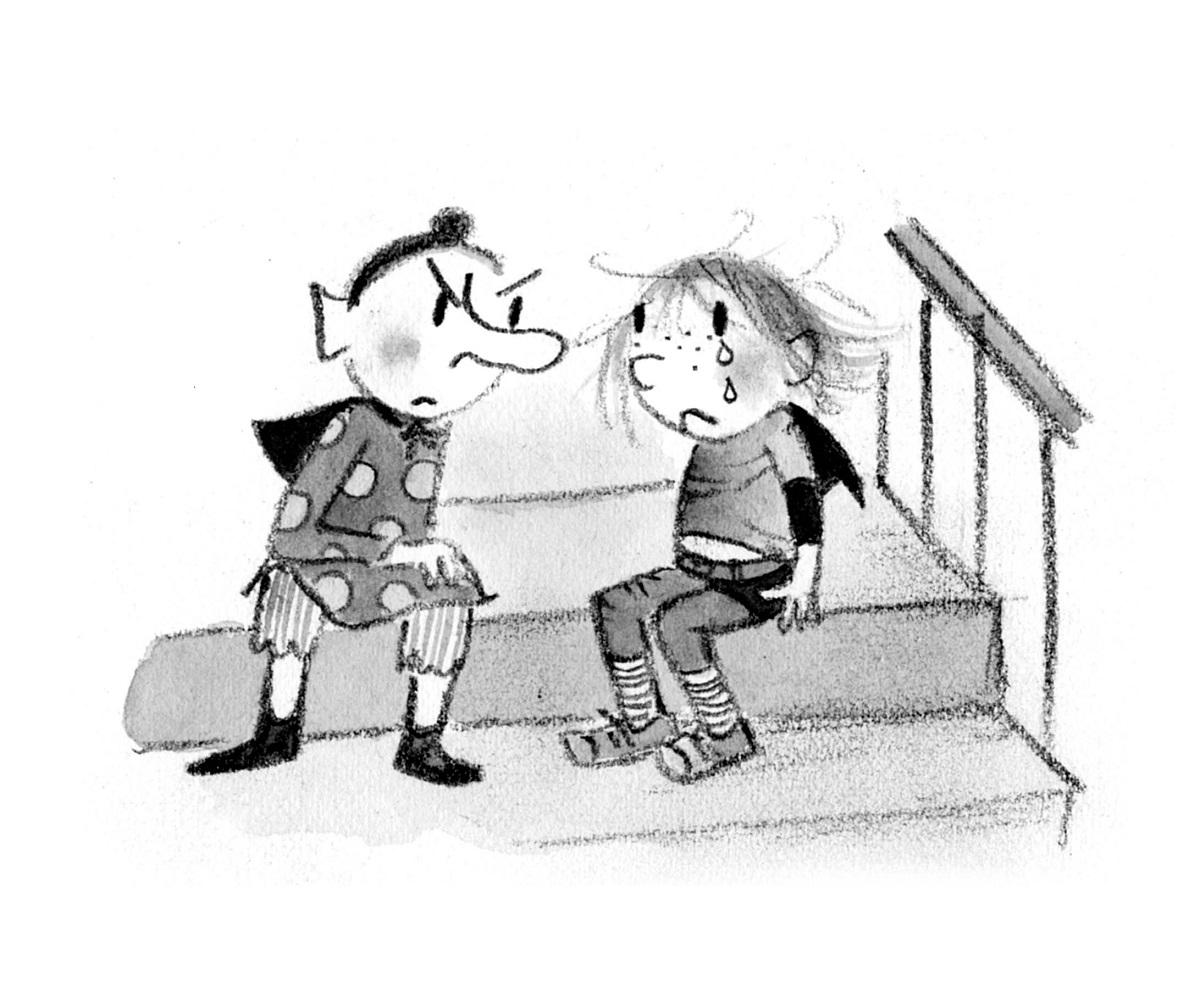
Dyslexia affects one out of five people. For more information, here are some resources that have helped us:
About the Author
Abby Hanlon is the author and illustrator of Dory Fantasmagory (2014, Penguin Random House), the first in a series of chapter books for five to eight year olds. Dory Fantasmagory is a Golden Kite Honor Book for Fiction, an American Library Association Notable Book, and a Scholastic book club selection. It was named a Best Book of the Year by Kirkus, Publishers Weekly, and Parent’s Magazine.
Abby lives in Brooklyn with her husband, nine-year-old twins, and scruffy dog Caroline.
Find Abby online at abbyhanlon.com.
Be sure to check out ALL THE WONDERS of Dory Fantasmagory for more Dory, including a behind-the-scenes tour by author-illustrator Abby Hanlon, a sneak peek at the artwork, and a look at how Dory has touched all our hearts around the world.


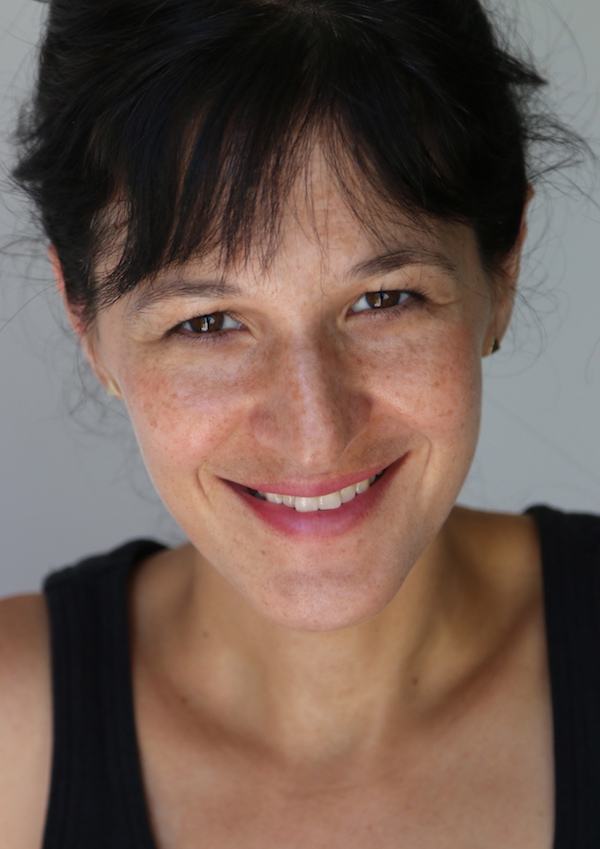
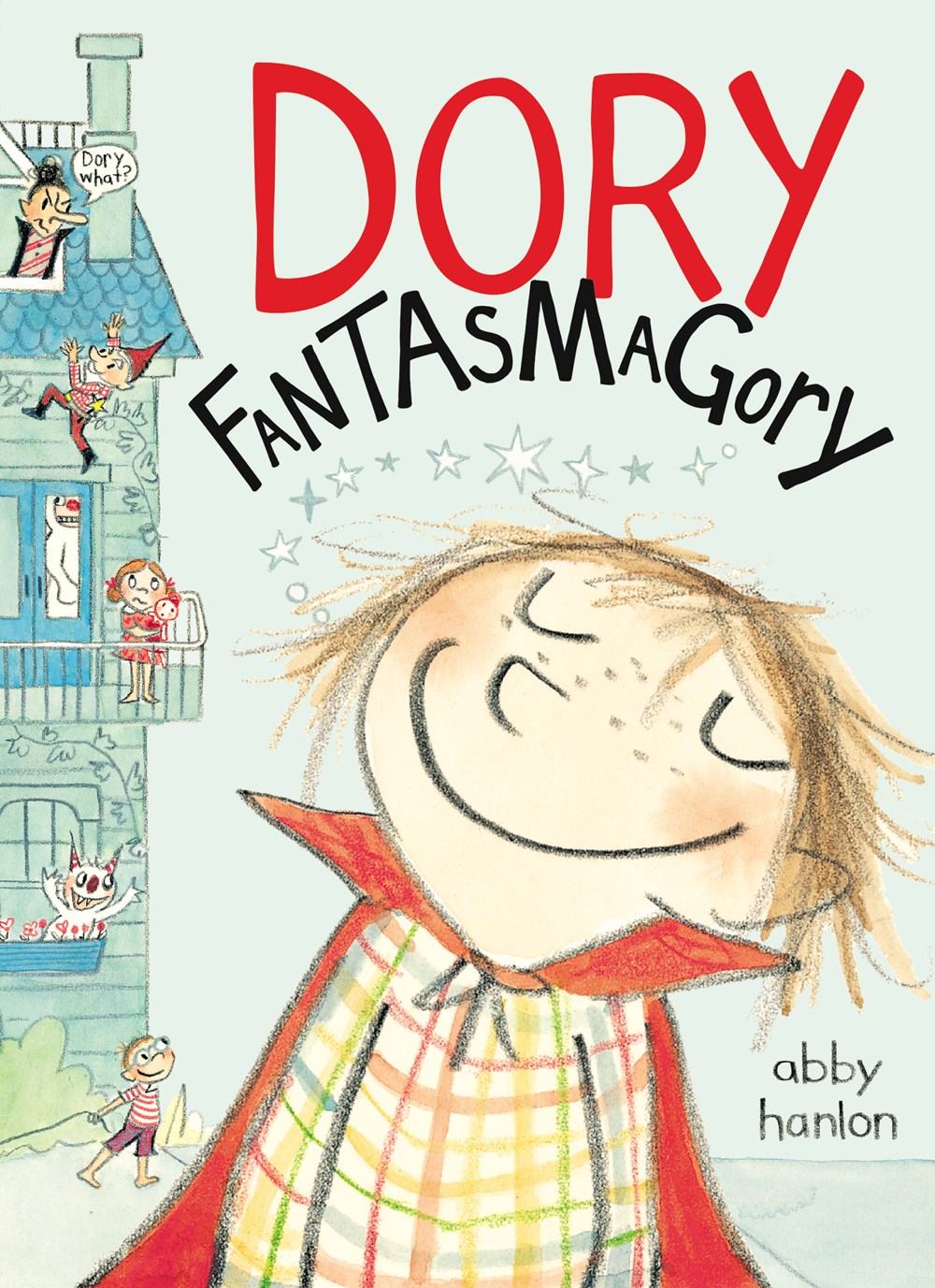
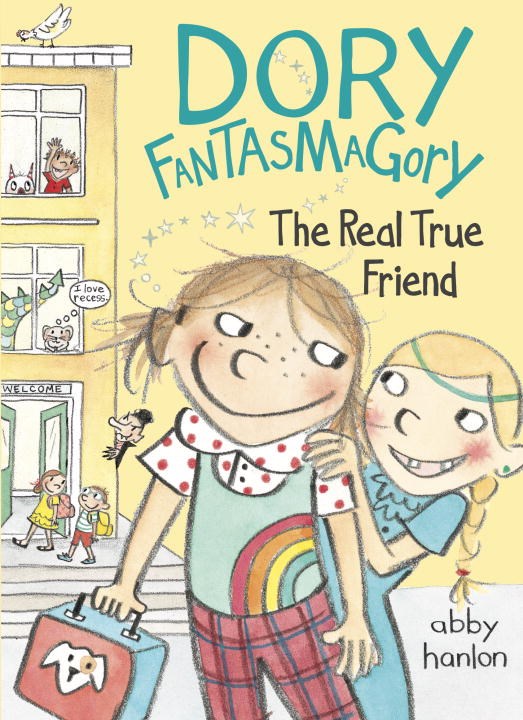
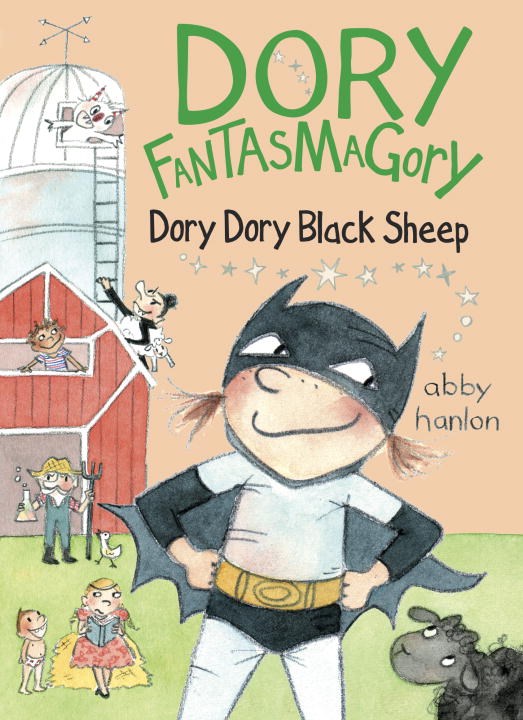
Comments
Thank you for this. My 5-year-old son has enjoyed me reading the first two Dory books to him. He loves fairy godmother Mr. Nuggy, the banana phone and Mrs. Gobble Gracker. I am excited to read this to him and eventually have him read these by himself. He gets frustrated by not being able to read yet and I think he will really relate to Dory.
That’s so sweet–Dory is so relatable in so many ways, but I think one of the biggest ways is that she struggles with learning how to read and ends up getting very creative. So glad your son enjoys them!!